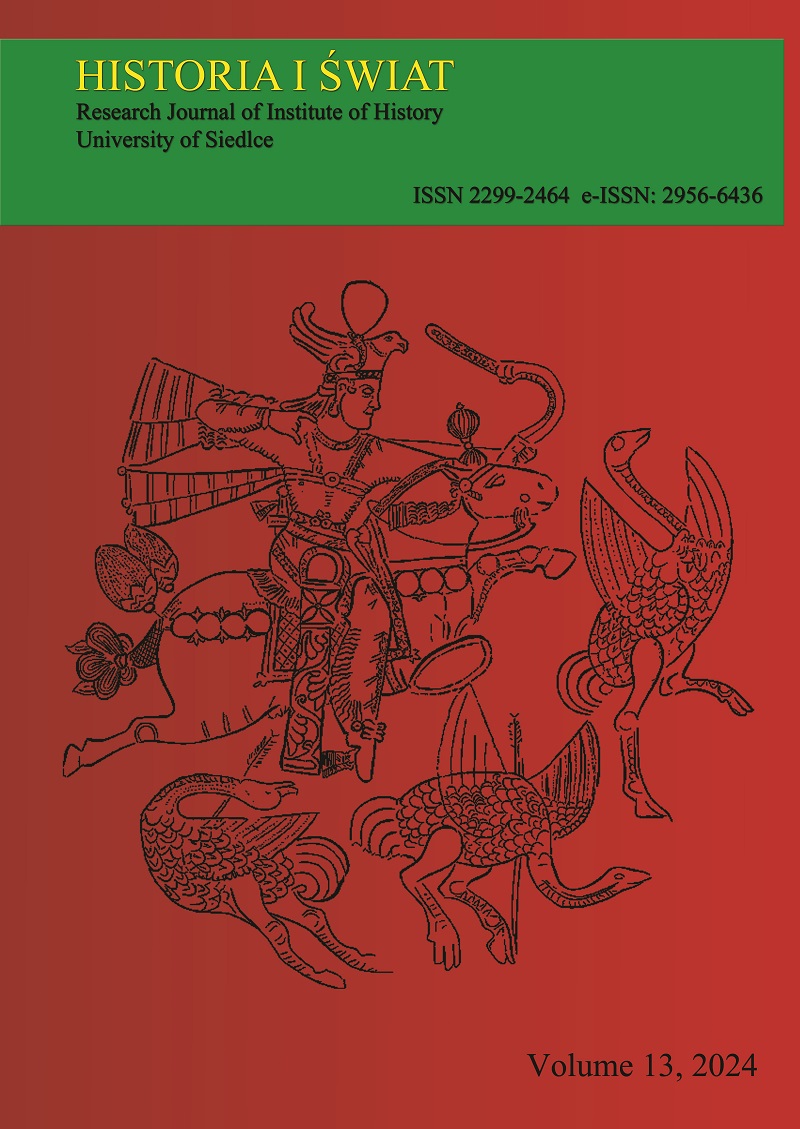Reconstruction of the Bronze Age Chariot of Kazakh Steppe
DOI:
https://doi.org/10.34739/his.2024.13.11Keywords:
Bronze Age, Kazakh Steppe, Chariot Reconstruction, Chariot’s Petroglyphs, Ural-Kazakhstan Chariot Complex, Ancient Chinese Chariots, Asian Chariot ComplexAbstract
The article is devoted to the study of the possibilities of using reconstructions of the chariots of the Bronze Age in museums' displays and exhibitions. The cultural and historical significance of these exhibits was demonstrated by comparing the artefacts of the Ural-Kazakh and Chinese complexes of chariots. Some general evidence in both complexes, such as the rite of burial, chariot constructions, weapons, the tradition of making vessels from bronze, and victims of people, was analyzed. A series of radiocarbon calibrated dating confirms the chronological priority of the steppe chariots. This fact allows to clarify the technical parameters of the Bronze Age chariots and make their reconstruction reliable. The idea of migrating the early Andronovo clans to northern China along the Altai Mountains and the Tarim desert and suggesting studying the steppe and early Chinese chariot monuments as evidence of a single Asian chariot complex was supported.
Downloads
Downloads
Published
Issue
Section
License
Copyright (c) 2024 Historia i Świat

This work is licensed under a Creative Commons Attribution-NoDerivatives 4.0 International License.




